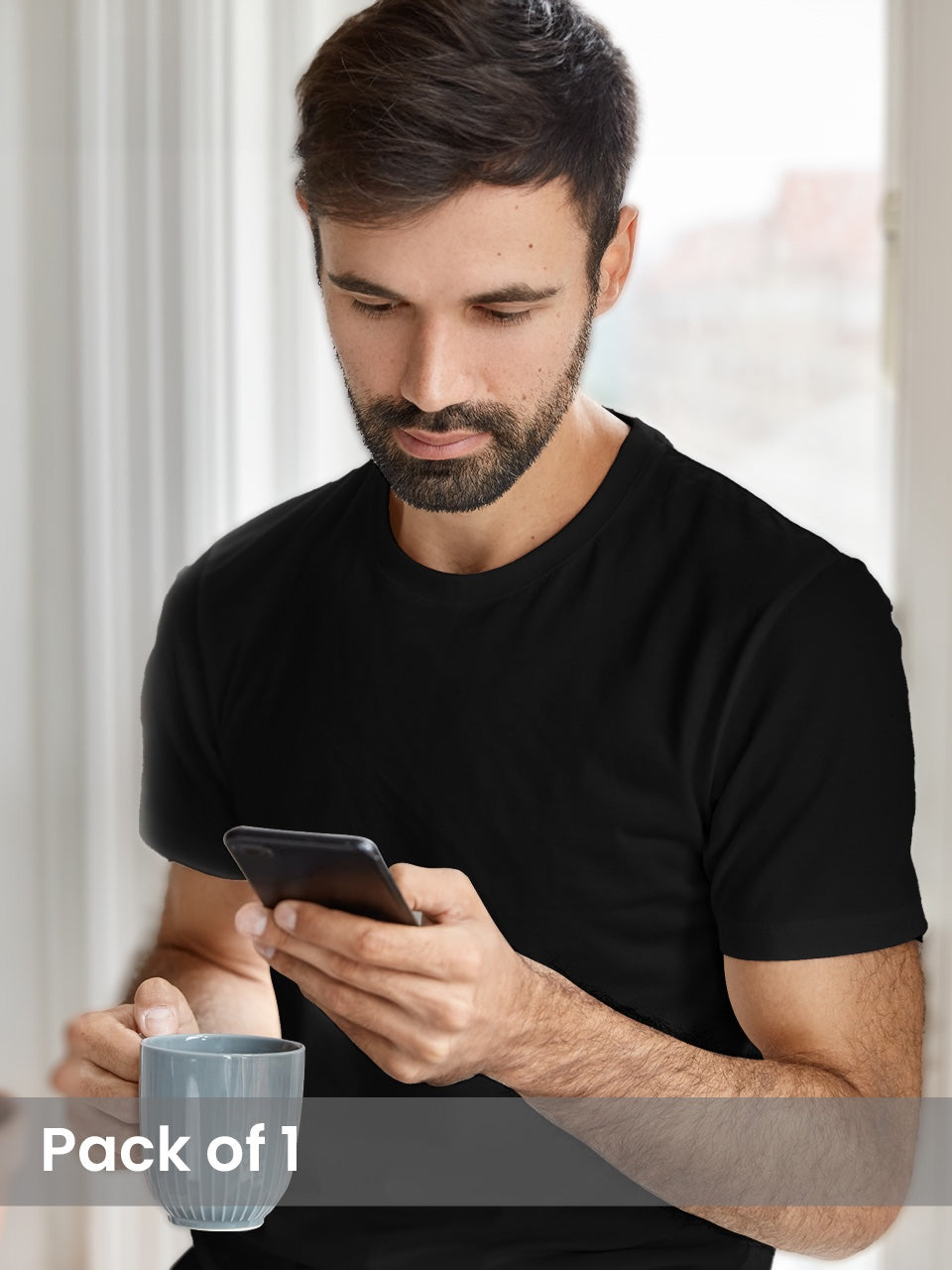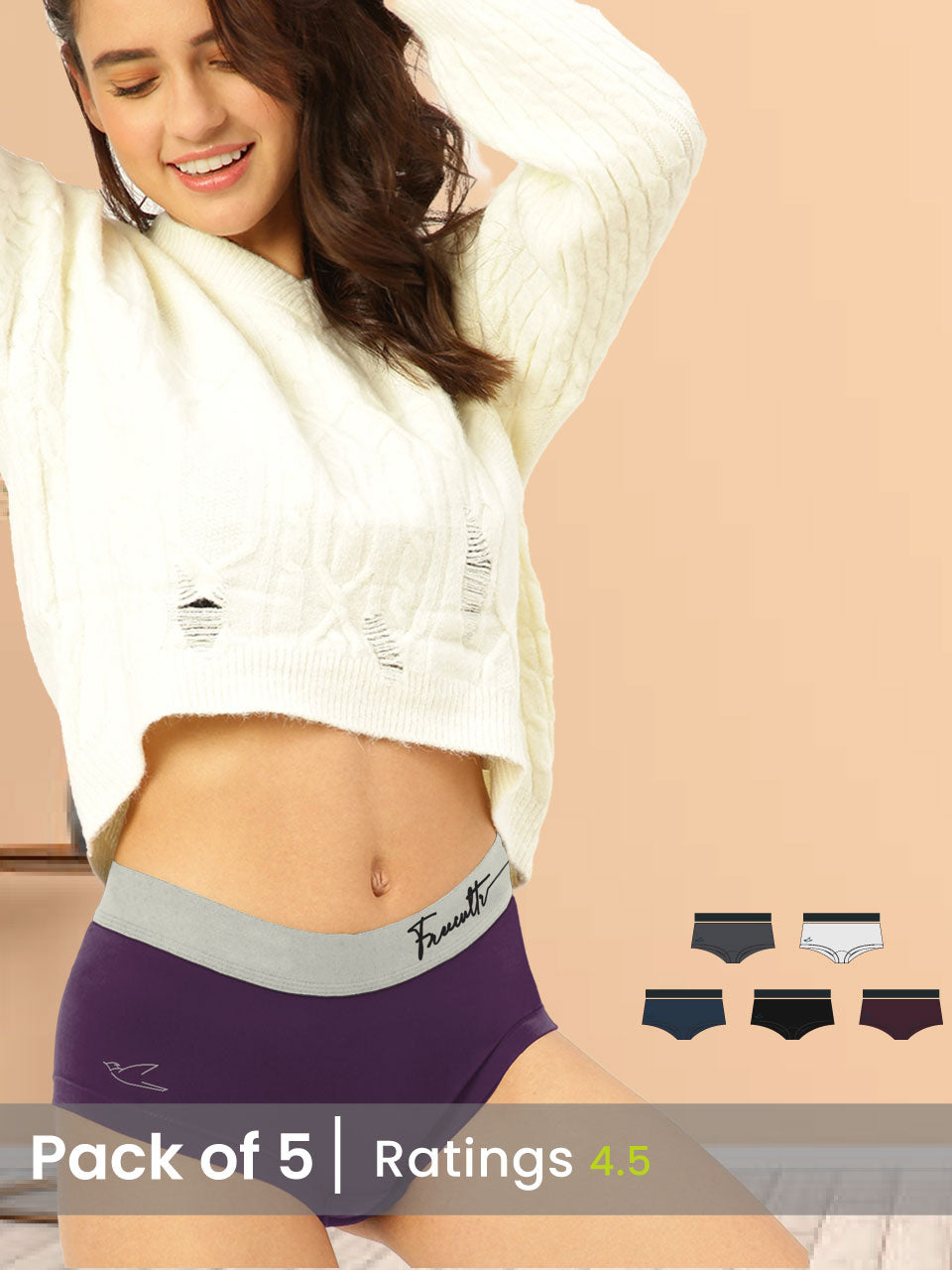Forget everything you thought you knew about bandanas. Beyond the dusty trails and pirate costumes, they've undergone a serious style evolution. Today, advanced microfibers offer unparalleled absorbency, making them essential for high-intensity workouts or even just battling a humid commute. But it's not just about function; innovative printing techniques, like dye sublimation, now allow for vibrant, edge-to-edge designs that go far beyond the traditional paisley. We're seeing collaborations with artists and designers, pushing bandanas into the realm of wearable art. From moisture-wicking headbands in the latest athleisure collections to statement neck scarves showcasing cutting-edge digital prints, the bandana is experiencing a renaissance, seamlessly blending practicality with high fashion.

The Enduring Appeal of Bandanas: More Than Just a Square of Fabric
Bandanas, those ubiquitous squares of fabric, have a history as rich and varied as the patterns they sport. Originally conceived as simple, utilitarian cloths, they've evolved into powerful symbols of identity, rebellion, and, of course, Fashion & Comfort. Understanding their journey from practical necessity to stylish accessory unlocks a deeper appreciation for their enduring appeal.
A Brief History: From Practicality to Pop Culture
The exact origins of the bandana are somewhat murky. Its roots can be traced back centuries. The word "bandana" itself comes from the Sanskrit word "badhnati," meaning "to tie." Early bandanas were often made of cotton and dyed with indigo, a readily available and relatively inexpensive dye. Their initial purpose was purely functional:
- Protection from the elements: Miners, cowboys. Farmers used them to shield their faces from dust, sun. Wind.
- Hygiene: They served as makeshift handkerchiefs and sweatbands.
- Utility: Bandanas could be used as bandages, tourniquets, or even as a way to carry small items.
The rise of industrialization and mass production made bandanas more accessible to the general public. They became associated with various subcultures and movements:
- Working Class: Bandanas were a symbol of blue-collar workers and laborers.
- Cowboys: Iconic imagery of the American West cemented the bandana's association with cowboys and the frontier.
- Political Movements: During the 20th century, bandanas were adopted as symbols of solidarity and resistance by various political groups.
- Fashion Accessory: Musicians, actors. Designers embraced the bandana, transforming it into a stylish accessory.
Material Matters: Absorbency and Comfort
The choice of material is crucial for a bandana's absorbency and overall comfort. While cotton remains a popular choice, other materials offer distinct advantages:
- Cotton: A classic choice, cotton is breathable, absorbent. Relatively inexpensive. But, it can shrink and wrinkle easily.
- Linen: Linen is known for its strength and breathability. It's also more absorbent than cotton and dries quickly. But, it can be more expensive and prone to wrinkling.
- Silk: Silk bandanas are luxurious and soft but less absorbent than cotton or linen. They are primarily used for fashion purposes.
- Polyester Blends: Polyester blends offer enhanced durability, wrinkle resistance. Moisture-wicking properties. These are often used in athletic bandanas.
- Microfiber: Microfiber bandanas are exceptionally absorbent and quick-drying, making them ideal for sports and outdoor activities.
The weave of the fabric also impacts absorbency. A tighter weave will be less absorbent than a looser weave. Consider the intended use of the bandana when selecting the material.
Prints and Patterns: Expressing Individuality
Bandanas offer a canvas for self-expression through a wide array of prints and patterns. From classic paisley to contemporary geometric designs, the options are virtually limitless.
- Paisley: The most iconic bandana pattern, paisley originated in Persia and India and was popularized in the West during the 19th century.
- Solid Colors: Solid-colored bandanas are versatile and can be easily paired with various outfits.
- Geometric Patterns: Stripes, polka dots. Other geometric patterns offer a modern and stylish look.
- Novelty Prints: Bandanas with novelty prints, such as skulls, flags, or floral designs, allow for personal expression and can reflect individual interests.
- Custom Designs: Many companies offer custom bandana printing services, allowing individuals and organizations to create unique designs.
The choice of print can convey a particular message or reflect a specific style. A red paisley bandana might evoke a classic Western aesthetic, while a bandana with a bold geometric print could suggest a more contemporary sensibility.
Wearing a Bandana: Endless Styling Options
The versatility of the bandana extends to the numerous ways it can be worn. Here are just a few ideas:
- Headband: Fold the bandana into a strip and tie it around your head to keep hair out of your face or add a touch of style.
- Neck Scarf: Tie the bandana around your neck for a classic and stylish look.
- Wrist Accessory: Wrap the bandana around your wrist as a bracelet or add a pop of color to your outfit.
- Pocket Square: Fold the bandana and tuck it into your pocket for a touch of personality.
- Hair Tie: Use the bandana to tie up your hair in a ponytail or bun.
- Face Covering: In certain situations, a bandana can be used as a temporary face covering.
- Bag Accessory: Tie the bandana to your bag for added flair.
The possibilities are truly endless. Experiment with different folding and tying techniques to find the styles that best suit your personality and outfit.
Bandanas in the 21st Century: Fashion & Comfort Redefined
In today's world, bandanas remain relevant and versatile accessories. They've adapted to contemporary trends and continue to be embraced by diverse groups of people. The blending of Fashion & Comfort is still a key component of their appeal.
- Streetwear: Bandanas are a staple in streetwear fashion, often worn as headbands or tied around the neck.
- High Fashion: Designers have incorporated bandanas into their collections, showcasing their versatility and ability to elevate any outfit.
- Outdoor Activities: Microfiber bandanas are popular among athletes and outdoor enthusiasts for their absorbency and moisture-wicking properties.
- Protective Gear: Bandanas are still used by workers in various industries to protect themselves from dust and debris.
Caring for Your Bandana: Longevity and Maintenance
Proper care ensures that your bandana remains absorbent, stylish. Long-lasting. Here are some tips:
- Washing: Machine wash your bandana in cold water with similar colors. Avoid using bleach, as it can damage the fabric and fade the colors.
- Drying: Tumble dry on low heat or hang to dry. Avoid over-drying, as this can cause shrinkage and damage the fabric.
- Ironing: Iron your bandana on a low setting if needed. Be careful when ironing delicate materials like silk.
- Storage: Store your bandanas in a clean, dry place away from direct sunlight.
By following these simple care instructions, you can keep your bandanas looking their best for years to come.
Conclusion
So, you’re now a bandana buff! Beyond just a trendy accessory, remember that bandana is a functional and stylish piece. Don't be afraid to experiment. I personally love using a silk bandana as a chic neck scarf, especially with a simple tee, a nod to the current "clean girl" aesthetic. For a casual look, try tying a patterned bandana around your ponytail or even weaving it through a braid for a pop of color. Consider the material too. A cotton bandana is perfect for absorbing sweat during workouts, while a silk one elevates any outfit. Ultimately, it's all about expressing yourself. Find patterns and colors that resonate with you. Don't be afraid to break the rules. Embrace the bandana – it’s your canvas for creativity. So go ahead, tie one on and make a statement! Source: Vogue's Bandana GuideMore Articles
Bandana for Men – Versatile Style & Sun ProtectionTees – Soft Cotton & Durable Print
Tank Top – Lightweight & Moisture-Wicking Fabric
Women's Tank Top – Breathable Fabric & All-Day Comfort
FAQs
So, what's the deal with these 'Absorbent & Stylish Prints' bandanas? Are they just, like, fancy rags?
Haha, not quite! Think of them as super-powered squares of fabric. They're designed to soak up sweat, spills, or whatever life throws your way. With cool designs that actually add to your outfit instead of detracting from it. Function meets fashion, my friend!
What kind of materials are we talking about here? I'm sensitive to certain fabrics.
Good question! Most of these bandanas are made from cotton, or a cotton blend, which is known for its absorbency and breathability. Always double-check the product description, though, just to be sure it's a good fit for your skin.
Can I really use these things for more than just, you know, looking cool?
Absolutely! The possibilities are pretty much endless. Think headbands, neck scarves, pocket squares, tying back your hair, wiping down gym equipment, even a makeshift bandage in a pinch. They're surprisingly versatile.
How do I keep the colors from fading after I wash them?
Ah, the million-dollar question! A few tips: Wash them in cold water with similar colors. Avoid harsh detergents and bleach. And consider air-drying them instead of using a hot dryer. That'll keep those vibrant prints looking fresh for longer.
Are these bandanas one-size-fits-all, or do I need to worry about sizing?
Generally, yes, they're pretty much one-size-fits-most. Standard bandana sizes are usually around 22x22 inches, which works well for most people and uses. Of course, measure if you're super concerned. You should be fine.
Okay, you've convinced me. But where can I actually find these absorbent and stylish wonders?
You can find them pretty much anywhere that sells accessories or clothing! Think online marketplaces like Etsy and Amazon, department stores, even some craft stores. Just search for 'printed bandanas' or 'absorbent bandanas' and you'll be swimming in options.
Are they just for adults, or can kids rock them too?
Totally! Bandanas are a great accessory for kids too. They can use them as headbands, neckerchiefs, or even as a fun accessory to tie on their backpacks. Just make sure the design is age-appropriate, of course!






